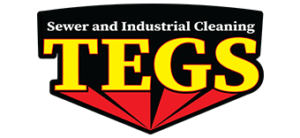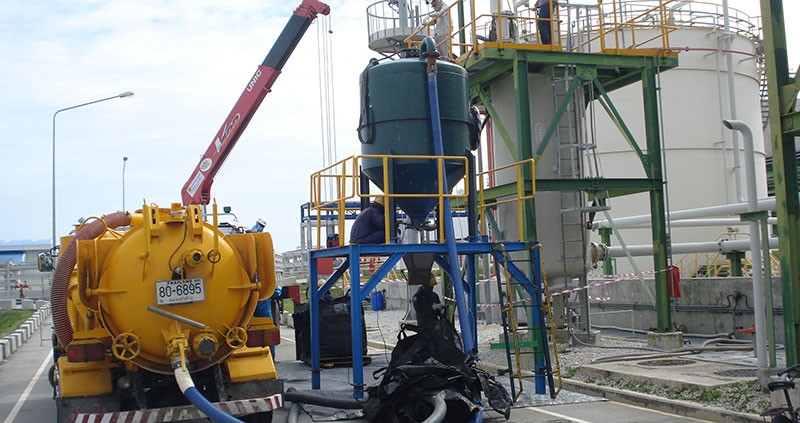Essential Tips for Optimal Catalyst Suction in Factories
Catalyst suction is a crucial part of many industrial processes. It involves removing used catalysts from reactors to keep production running smoothly. Proper handling of this task is necessary for maintaining the efficiency and safety of your factory. Without proper suction techniques, catalysts can clog systems, leading to downtime and costly repairs.
This article will explore these aspects in detail, offering you practical tips for optimal catalyst suction. By following these guidelines, you can enhance your factory’s efficiency, reduce downtime, and ensure a smooth, trouble-free operation. Stay tuned as we delve into each vital component of effective catalyst suction.
Understanding the Role of Catalyst Suction in Factories
Catalyst suction is essential in factories where catalysts are part of the production process. These catalysts, often used to speed up chemical reactions, can become spent and need to be removed and replaced. Regular removal helps maintain the efficiency and safety of the production system. Effective catalyst suction ensures that the reactors and other machinery do not get clogged, which can lead to downtime and costly repairs.
Catalysts come in various forms, such as pellets, beads, or powders. Each type presents its own challenges for suction. Powdered catalysts, for example, require equipment that can handle fine particles without leaking. Pellet and bead catalysts might need more robust systems to prevent blockage and ensure smooth suction. Understanding the type of catalyst and its properties is crucial for setting up the right suction system.
Catalyst suction also plays a vital role in ensuring safety. Some catalysts can be hazardous if not removed properly. Particulates might be toxic or reactive, requiring specialised equipment to handle them safely. Ensuring proper suction techniques protects workers from exposure and prevents environmental contamination. By recognising its role, we can appreciate the importance of getting catalyst suction right in factory settings.
Best Practices for Effective Catalyst Suction
To achieve optimal catalyst suction, it’s important to follow some best practices. Knowing and using these strategies can make the process smoother and more efficient, preventing common issues and ensuring safety.
1. Use the Right Equipment: Different types of catalysts require specific equipment. For example, wet and dry suction systems are used for different materials. Wet systems are suitable for handling moist or sticky catalysis, while dry systems work well with dry, particulate materials. Matching the equipment to the job is crucial for effective suction.
2. Regular Training: Ensure that workers are well-trained in using suction equipment. Regular training sessions help operators understand how to handle different types of catalysts and equipment. This reduces the risk of errors and improves overall efficiency.
3. Adequate Safety Measures: Always prioritise safety by using proper protective gear and following safety protocols. Ensure that equipment is maintained well to prevent leaks and spills. Implementing these measures reduces the risk of accidents and health hazards.
4. Consistent Monitoring: Keep an eye on the suction process. Regularly check for blockages or leaks and address them immediately. Monitoring helps identify issues early, preventing larger problems down the line.
5. Proper Disposal: Ensure that used catalysts are disposed of correctly. Some catalysts may be considered hazardous waste and require special disposal methods. Follow the necessary guidelines to avoid legal and environmental repercussions.
By adhering to these best practices, catalyst suction can be performed safely and efficiently. These steps not only improve the immediate task but also contribute to the overall health and productivity of the factory.
Common Mistakes to Avoid During Catalyst Suction
Avoiding common mistakes during catalyst suction can save a lot of time and prevent potential damage. Here are some key pitfalls to watch out for:
1. Using the Wrong Equipment: One of the biggest mistakes is using equipment that isn’t suited for the type of catalyst you’re handling. Always ensure that your suction system matches the catalyst material, whether it’s wet, dry, fine, or bulky.
2. Neglecting Safety Measures: Failing to use proper safety gear and protocols can lead to accidents and health risks. Always wear protective clothing, gloves, and masks, and follow all safety guidelines when handling catalysts.
3. Skipping Training: Not training workers thoroughly can result in improper handling of both the equipment and the catalyst. Ensure regular training sessions to keep everyone up-to-date on best practices and safety procedures.
4. Overloading the System: A common error is trying to suction too much material at once, which can lead to blockages and system failures. Follow manufacturer recommendations on capacity limits to avoid this issue.
5. Ignoring Maintenance: Skipping regular maintenance checks can lead to equipment breakdowns. Ensure that all suction equipment is regularly inspected and maintained to keep it functioning properly.
6. Improper Disposal: Not disposing of spent catalysts correctly can have serious environmental and legal repercussions. Always follow proper disposal guidelines to manage hazardous waste responsibly.
Avoiding these mistakes can make the catalyst suction process smoother and safer, ensuring higher efficiency and less downtime.
Maintenance Tips for Catalyst Suction Equipment
Proper maintenance of suction equipment is crucial for ensuring long-term performance and safety. Here are some tips to help you keep your equipment in top condition:
1. Regular Inspections: Conduct routine checks on all suction equipment. Look for signs of wear and tear, leaks, or blockages. Address any issues immediately to prevent bigger problems down the line.
2. Clean Equipment After Use: Always clean your suction equipment after each use. Remove any residues or build-up that could affect performance. This simple step can significantly extend the life of your equipment.
3. Replace Worn Parts: Parts like hoses, nozzles, and filters will wear out over time. Replace them as needed to ensure optimal performance. Keeping spare parts on hand can minimise downtime.
4. Lubricate Moving Parts: Make sure all moving parts are well-lubricated to reduce friction and wear. This helps in maintaining efficiency and preventing mechanical breakdowns.
5. Follow Manufacturer Guidelines: Adhere to the maintenance schedules and procedures recommended by the equipment manufacturer. This ensures that you’re taking the right steps to keep your equipment in good shape.
6. Monitor Performance: Keep an eye on the performance of your suction system. Any drop in efficiency or unusual noises should be investigated immediately to identify and fix potential issues.
7. Store Equipment Properly: When not in use, store your suction equipment in a clean, dry place. Proper storage prevents damage and corrosion, helping your equipment last longer.
By following these maintenance tips, you can ensure that your catalyst suction equipment remains efficient and reliable, reducing the risk of unexpected breakdowns and costly repairs.
Conclusion
Efficient catalyst suction is essential for maintaining smooth operations and preventing downtime in factories. Understanding the role of catalyst suction helps us appreciate its importance in keeping production systems running efficiently. We’ve discussed best practices to help you achieve optimal suction, such as using the right equipment, providing regular training, and following safety measures. Avoiding common mistakes like using inappropriate equipment or neglecting maintenance can further enhance the suction process and prevent costly issues.
Maintaining your suction equipment is just as crucial. Regular inspections, timely replacement of worn parts, and proper storage will ensure that your equipment remains in top condition. Following these steps will help you maintain efficient operations and extend the life of your equipment.
For expert advice or assistance with your high-performance vacuum as well as other industrial cleaning needs, reach out to TEGS Thailand. Our team is here to help you achieve optimal results with the best practices and equipment. Contact TEGS Thailand today to learn more.




